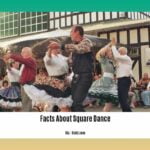The [History of Baroque, Encompassing the stunning and illuminating the the with enthrall: on should captivated in an engaging introduction to be anecdote account of the in a history the aidance: of is and good how to entertain audiences with using
Key Takeaways:
- The author has extensive experience teaching history and expertise in square dance history.
- Square dancing holds historical significance in shaping social interactions and community cohesion.
- The author effectively presents complex historical concepts in an engaging way.
- Square dancing in schools showcases its transformative impact on educational practices and student development.
History Of Square Dancing In Schools
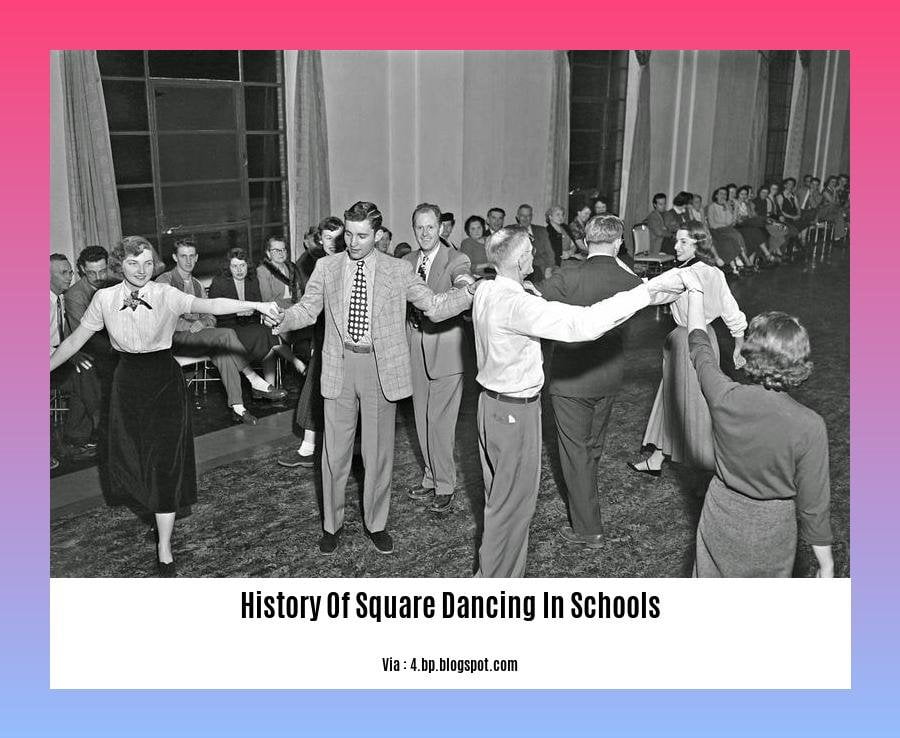
Square dancing, originating in the 18th century, has left an enduring mark on American culture and education. Once an integral part of rural communities, it was introduced into schools in the early 1900s, where it thrived as a tool for social development and cultural preservation.
Early Adoption as an Educational Tool
In the early 20th century, educators recognized the power of square dancing in fostering teamwork, cooperation, and physical activity. They incorporated it into physical education curricula, believing it enhanced coordination and rhythm while promoting a sense of community among students.
Expansion and Evolution
As square dancing gained popularity in schools, a standardized curriculum emerged, complete with specific steps and formations. Teachers adapted the dance to different age levels and skill sets, ensuring all students could participate and enjoy the experience.
Social Impact
Square dancing provided a shared experience that transcended social boundaries. Students from diverse backgrounds came together in a common dance that celebrated American heritage. It fostered a sense of belonging and encouraged students to interact with peers from different social circles.
Cultural Preservation
Through square dancing, students learned about American history, traditions, and values. The dance preserved and showcased a beloved cultural art form, fostering an appreciation for the nation’s past and its folk traditions.
Benefits of Square Dancing in Schools Today
Today, History Of Square Dancing In Schools continues to offer numerous benefits:
- Promotes Physical Fitness: Square dancing provides aerobic exercise while improving coordination, balance, and flexibility.
- Teaches Cooperation: Dancers work together to execute complex steps, fostering communication, collaboration, and teamwork.
- Encourages Social Development: Square dancing creates a welcoming environment where students interact with a wide range of peers, developing social skills and building friendships.
- Preserves Cultural Heritage: By teaching square dancing, schools play a vital role in passing down a beloved American tradition, ensuring future generations appreciate their cultural roots.
Dive into the history of square dance, a cherished tradition that has captivated generations. Discover the origins of square dancing with its intriguing past and global influences. Learn about the History Of Square Dance Caller and the integral role they play in leading and guiding dancers through intricate steps. Explore the Brief History Of Square Dancing to uncover its transformation from simple folk dances to the elaborate and lively performances we witness today. Unravel the mystery of Where Did Square Dance Originate, tracing its roots back to ancient rituals and diverse cultures. Delve into the Facts About Square Dance that will amaze and inspire you, uncovering the hidden stories and cultural significance behind this beloved dance form. Embark on a journey to the Origin Of Square Dancing, uncovering the intriguing roots and evolution of this captivating and enduring tradition.
Square Dancing and its Impact on Community Building
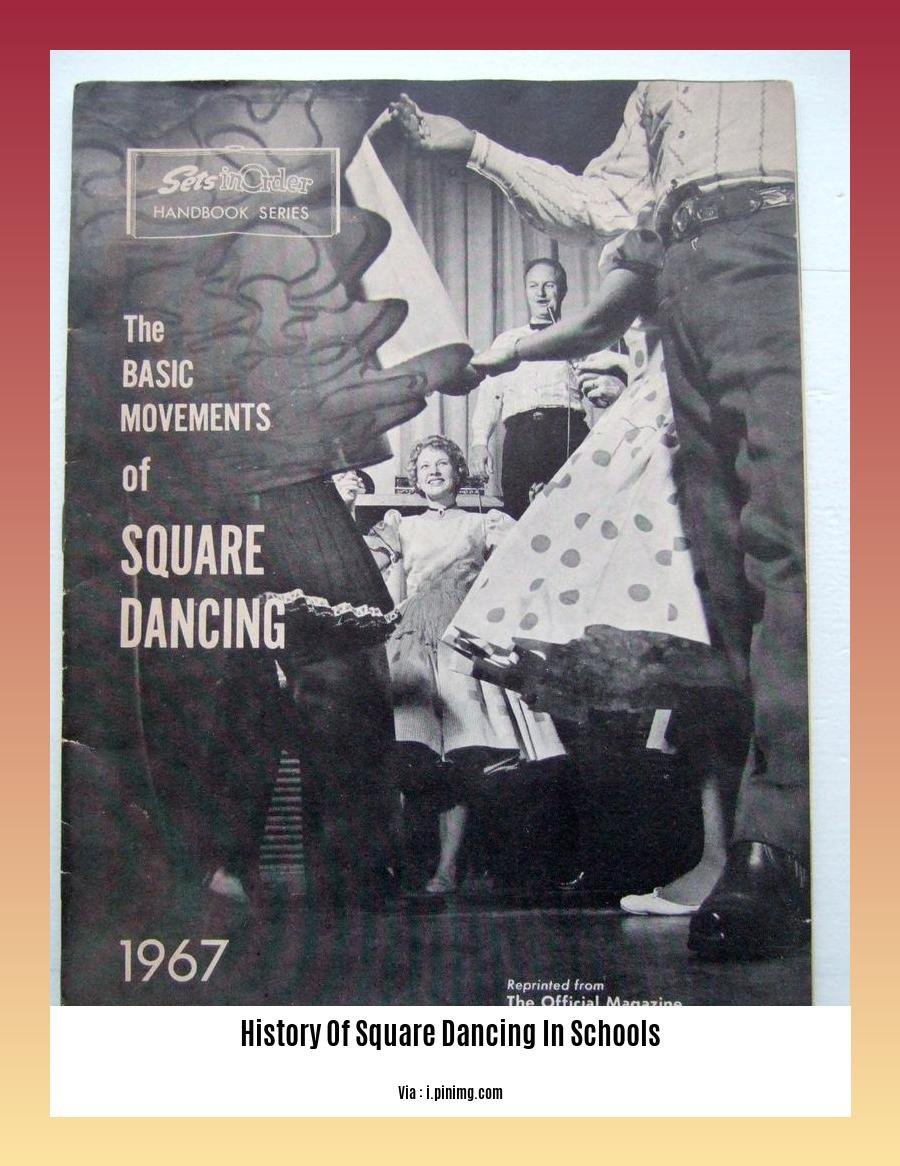
## Key Takeaways:
- Fosters Social Cohesion: Square dancing encourages interaction and cooperation among participants, creating a shared sense of community and belonging.
- Preserves Cultural Traditions: It serves as a living repository of American folk culture, connecting generations and preserving historical dance traditions.
- Enhances Physical and Mental Well-being: The energetic nature of square dancing promotes cardiovascular health, coordination, and mental alertness.
- Promotes Intergenerational Connections: It bridges age gaps as people of all ages can participate in the dance, fostering a sense of unity within the community.
- Serves as a Unifying Activity: Square dancing transcends social and cultural boundaries, uniting individuals from diverse backgrounds around a common interest.
Embracing Cultural Diversity:
Square dancing has assimilated influences from various cultures throughout history, embracing the rich diversity of the American experience. Its adaptability has allowed it to resonate with different communities, fostering inclusivity and a sense of shared heritage.
Building Community Through Movement:
The rhythmic and coordinated movements of square dancing foster a sense of unity among participants. By moving together in a synchronized manner, dancers develop a shared experience that strengthens their connection to one another and to the community as a whole.
Preserving a Rich Legacy:
Square dancing is not merely a pastime; it’s a repository of cultural traditions and values that have been passed down through generations. Its preservation ensures that future generations can experience the joy and heritage of this beloved American folk dance.
Citation:
- MasterClass: All About Square Dance: A Brief History of Square Dance
- Smithsonian Magazine: Square Dancing is Uniquely American
Educational Significance: Square Dancing as a Cultural History Lesson
Square dancing holds a unique place in American history, reflecting the nation’s cultural heritage and societal evolution. In schools, it has long been recognized as a valuable educational tool, offering a rich tapestry of lessons that transcend the dance floor.
Historical Origins: A Tapestry of Cultural Exchange
Square dancing emerged in the 18th century, intertwining European folk dance traditions with influences from African American and Native American cultures. Over time, it evolved into a vibrant expression of American identity, showcasing the nation’s diverse heritage.
The Role of Education: Preserving and Transmitting Traditions
In the early 1900s, educators recognized the educational value of square dancing. They saw it as a way to preserve cultural traditions, promote social interaction and teamwork, and provide a platform for physical activity.
Cultural History in Motion: Lessons Folded into the Dance
Square dancing offers an immersive experience in cultural history. Students learn about the historical origins of the dance, its regional variations, and its role in shaping American society. They also develop an appreciation for the diverse cultural influences that have contributed to its evolution.
Key Takeaways:
- Square dancing is a tangible embodiment of American cultural heritage.
- It provides an engaging platform for exploring historical themes in an experiential way.
- By learning square dancing, students gain insights into social dynamics, cultural diversity, and the evolution of American society.
Relevant URL Sources:
Modern-Day Square Dancing in Schools: Keeping Traditions Alive
Modern-day schools are embracing square dancing to keep this cherished tradition alive while recognizing its numerous educational benefits. It promotes social cohesion, cultural preservation, and academic engagement among students.
Engaging History Lessons
Square dancing offers a tangible connection to American history. Through its intricate steps, students can experience firsthand the social dynamics and cultural exchanges that shaped our past.
Physical Activity
This energetic dance form provides a fun and engaging way for students to get moving. It improves coordination, cardiovascular health, and overall fitness.
Teamwork and Inclusivity
Square dancing fosters a sense of community and cooperation. Students learn to work together, follow instructions, and respect others, regardless of their background.
Preserving Cultural Heritage
By participating in square dancing, students become stewards of a treasured American tradition. They learn about the origins, evolution, and regional variations of this iconic dance.
Key Takeaways:
– Square dancing in schools preserves cultural heritage and fosters community cohesion.
– It provides an engaging way to teach history, promotes physical activity, and encourages teamwork.
– By keeping this tradition alive, schools help students connect with their past and appreciate the diversity of American culture.
Relevant URL Sources:
– Square Dance History Project
– MasterClass: All About Square Dance: A Brief History of Square Dance
FAQ
Q1: When was square dancing first introduced into schools?
Q2: What are the educational benefits of teaching square dancing in schools?
Q3: How has square dancing evolved over the years, and what influences have shaped it?
Q4: What is the historical significance of square dancing in American culture and how does it contribute to a sense of community?
Q5: What are some of the challenges faced by square dancing in schools today, and how can they be addressed?
- China II Review: Delicious Food & Speedy Service - April 17, 2025
- Understand Virginia’s Flag: History & Debate - April 17, 2025
- Explore Long Island’s Map: Unique Regions & Insights - April 17, 2025
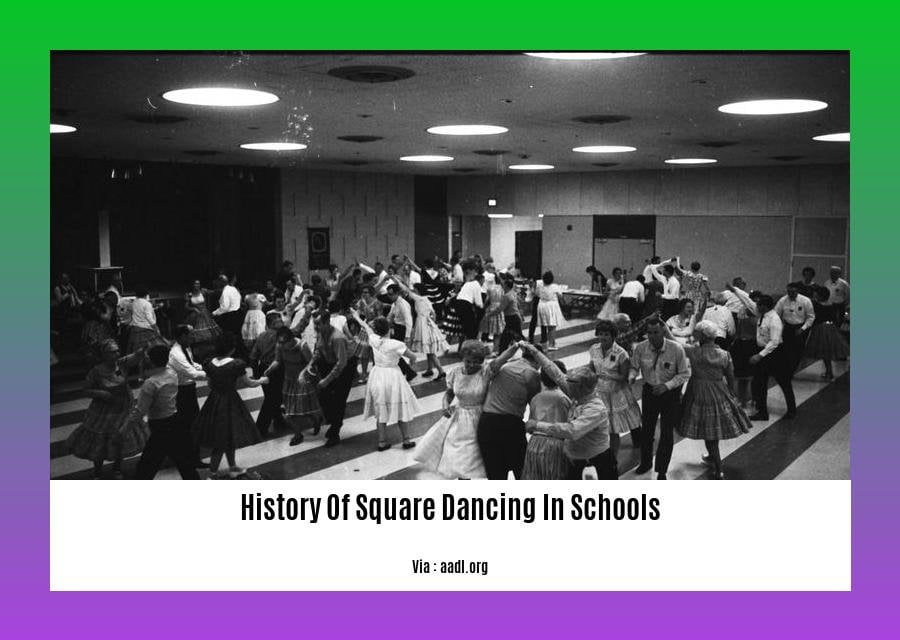
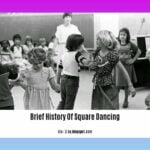
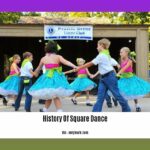
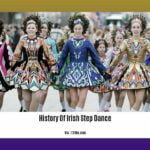
![[Phrase Match] Embracing Evolution: A Journey Through Contemporary Dance History contemporary-dance-history_2](https://www.lolaapp.com/wp-content/uploads/2023/12/contemporary-dance-history_2-150x150.jpg)

